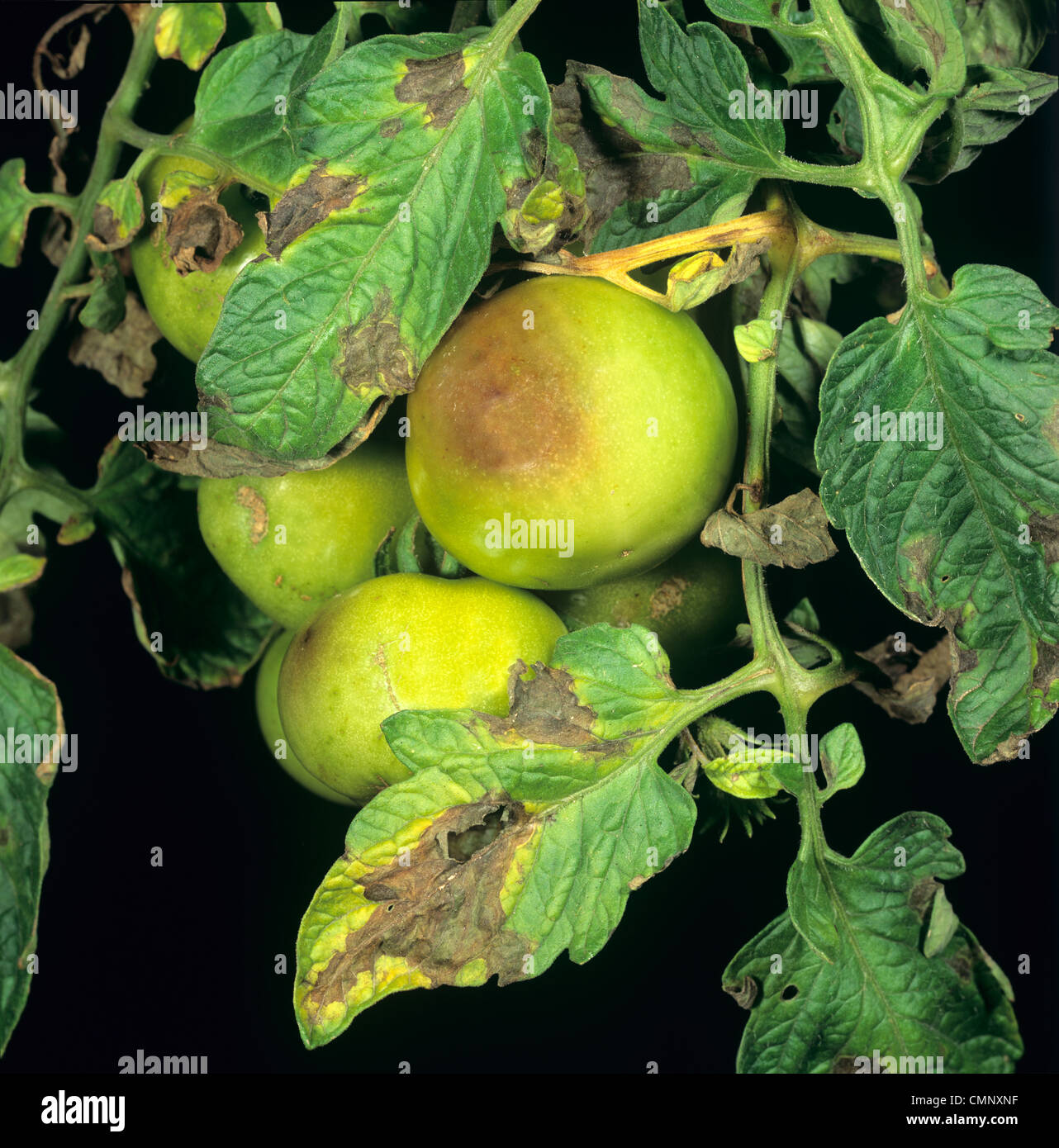

The Ph-3 gene located on chromosome 9 could be detected whichever isolates were used. Quantitative trait locus (QTL) analysis identified a new disease-resistant QTL specific to Pi733 on chromosome 2. The RAD-seq data were used to construct a genetic linkage map containing 440 single nucleotide polymorphism markers.

Restriction site Associated DNA Sequencing (RAD-Seq) technology was used to massively sequence 90 bp nucleotides adjacent to both sides of PstI restriction enzyme cutting sites in the genome for all individuals in the genetic mapping population. In contrast, Pi39A is a less aggressive genotype that defeats only Ph-1. Pi733 is a highly aggressive genotype that defeats three known late blight resistance genes, Ph-1, Ph-2, and Ph-5t in tomato. infestans, Pi39A and Pi733, were used for inoculation. An F 2:3 genetic mapping population was developed using 元708 as the paternal parent. The objective of this study was to reassess late blight resistance in the wild tomato accession 元708 ( Solanum pimpinellifolium L.) against pathogens of different aggressiveness. Intensified outbreaks of late blight have been observed globally from the 1980s, and are associated with migration of new and more aggressive populations of P. Tomato late blight caused by the oomycete pathogen Phytophthora infestans (Mont.) de Bary is a major threat to tomato production in cool and wet environments.


 0 kommentar(er)
0 kommentar(er)
